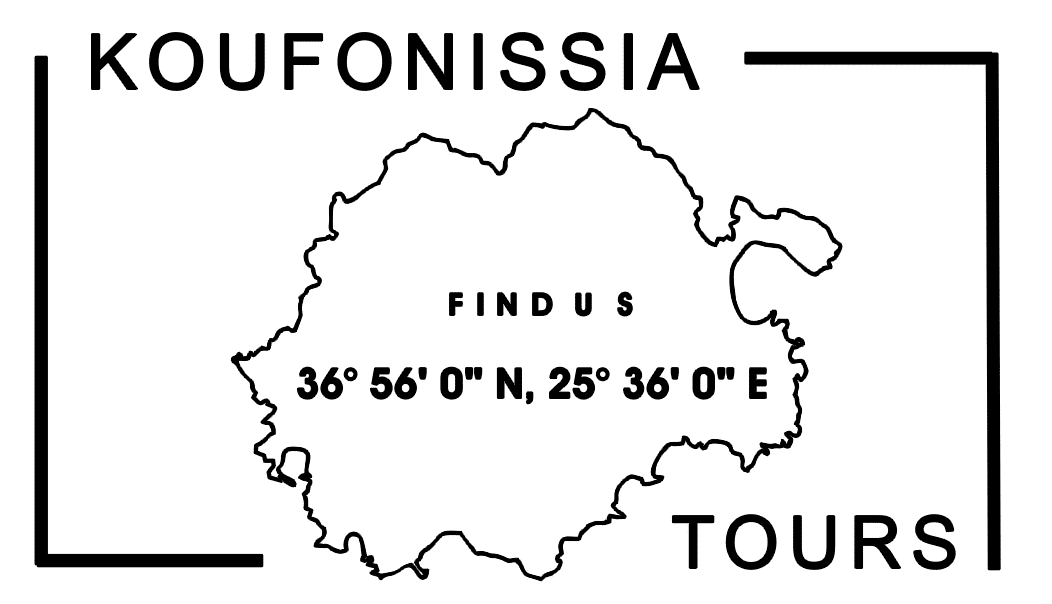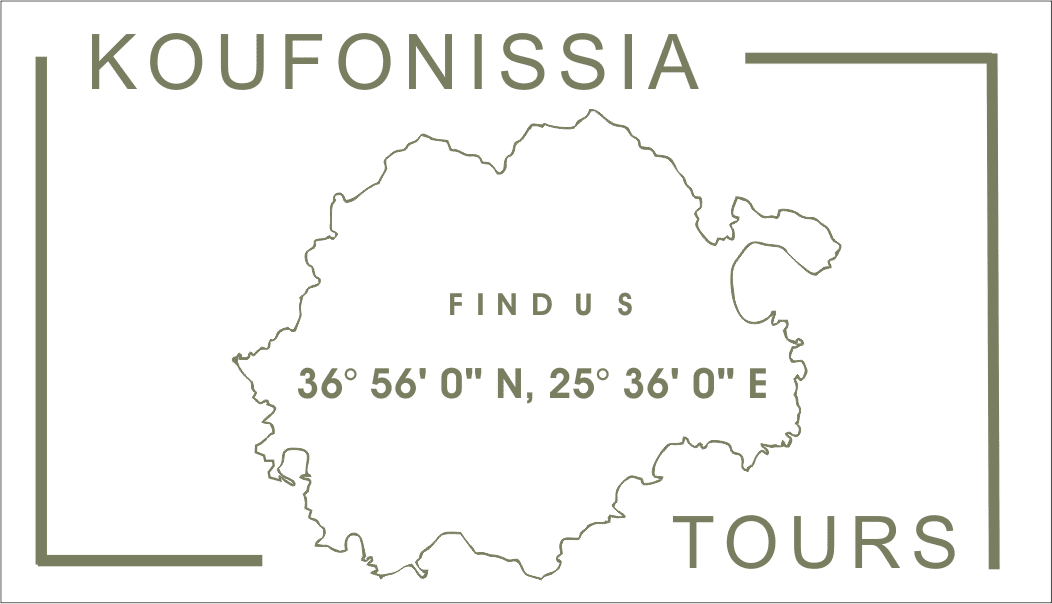Iraklia is the southern most island of the Small Eastern Cyclades, rich in natural beauty and one of the last lost paradises of the Aegean far away from the bustle and noise of modern day life.
Iraklia
Welcome To Iraklia
There is only one road, which connects the two villages of the island, Ai Yiorgis (the island’s harbour) and Panagia (Hora). The road and the paths which criss cross the island lead to wonderful beaches, the cave of Ai Yiannis (one hour on foot from Hora), one of the most beautiful in Greece or to the ruins of Heraklia’s castle.
Apart from the natural beauty, a visitor can enjoy fresh fish and local delicacies at the island’s coffee shops and tavernas and dance to traditional folk music at the festivals held on the 23rd of April, St George’s day, and on August 15 in the grounds of the Virgin Mary’s church in the village of the same name.
On the 28th of August, the eve of St. John’s there is a Vespers Mass in the 1st great chamber of St John’s cave. Large numbers of people from the surrounding islands attend, and the candle-lit cave provides a dream-like setting for the celebration.
It is historical times, and specifically the Hellenistic period (4th-2nd century BC) that the fortified position Kastro, near Livadi dates from. The fortress boasts imposing high square towers and in the interior the visitor can discern traces of habitation from various successive historical periods (Hellenistic, Roman). Inside the fortress was a temple to Zeus and another to the Goddess of Fortune (Ticheo)
In more recent times and specifically during the Ottoman Occupation the evidence indicates that the island’s protected and inaccessible coves constituted ideal hideaways for the pirates who raided the Aegean.
In 1826 people from Aigiali in Amorgos moved to Iraklia and began to farm the land.
In 1832 it became part of the newly-founded Greek state.
In 1941, during the Occupation of Greece by the forces of the Axis, Iraklia was at first under Italian command.
In 1943, after Italy surrendered, the island came under German Occupation until the Liberation, in 1944.
The island’s distinctive Cycladic architecture is especially noteworthy.
It’s numerous mazelike narrow alleys paved with slabs of stone whitewashed around the edges, create a harmonious effect with the whitewashed facades of the irregularly-built houses and churches.
Nowadays the few inhabitants make a living from farming the land, raising animals and fishing, while beekeeping is also a considerable economic activity, favored by the low scrub vegetation.


